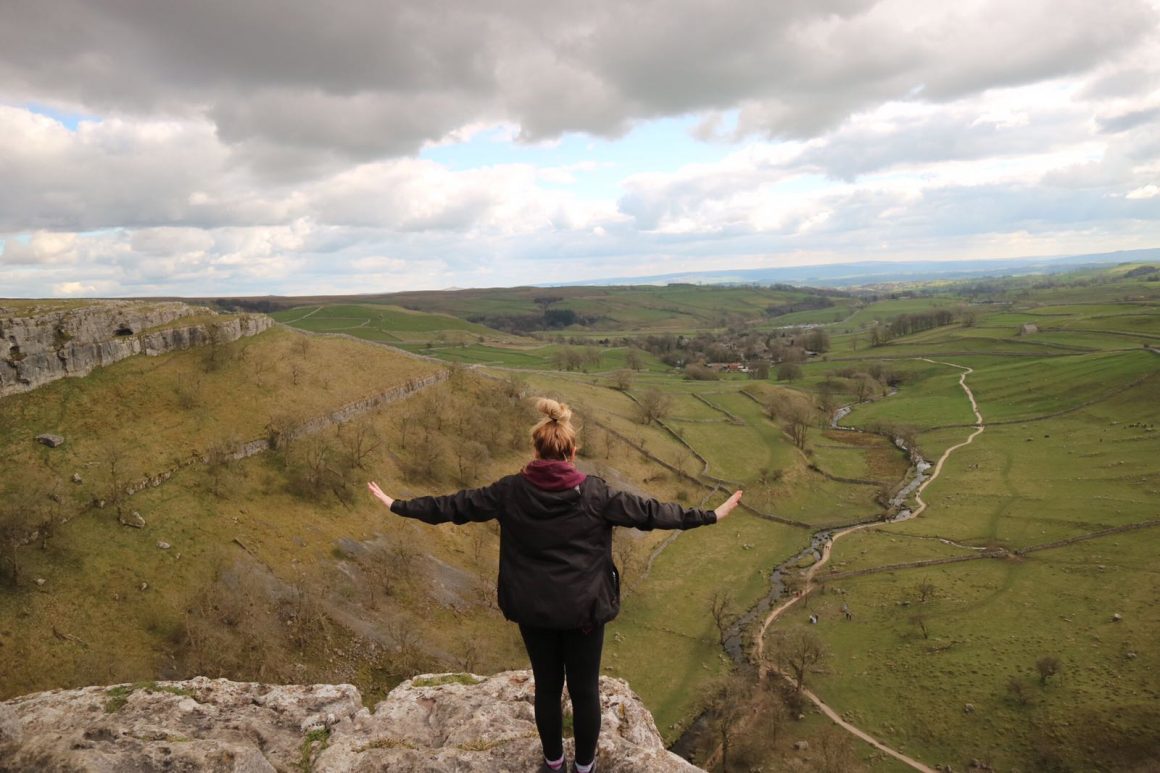
Hiking tips and tricks: a guide to long walks for beginners
Have you been considering hiking but not sure where to start? I felt exactly the same a couple of years ago: I barely even walked to the shop! Now, a few years on, I love a long ramble in the countryside, and although I am no pro, I think it’s worth sharing how I prepared.
Why hike? There are a wealth of benefits to hiking, both physical and mental. Other than the obvious benefit of burning hundreds of calories per hour, you spend a significant amount of time in the countryside, surrounded by fresh air which undoubtedly is great for your body. By hiking mountains, you see the views of the country you might never have imagined existed and in some cases, you might feel an overwhelming sense of freedom. Another lesser recognised benefit is building stamina – again, both physical and mental. I’ve not done a single hike where I haven’t wanted to give up mid way through, and I think that’s okay!
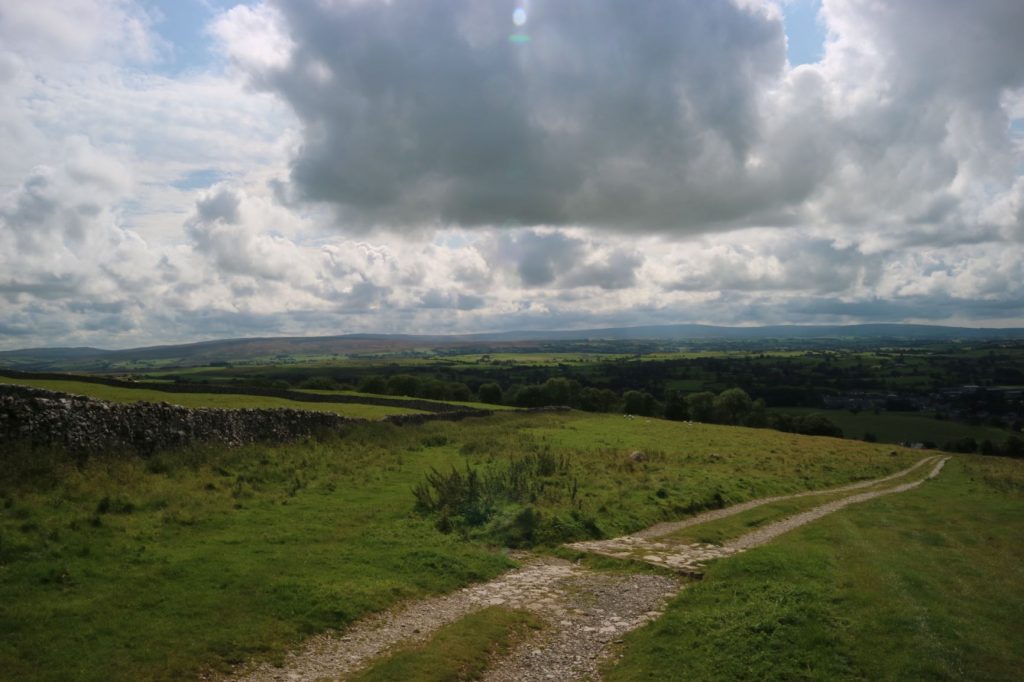
So, let’s get prepared!
Table of Contents
Step 1: Get the right hiking gear.
It’s by no means glamorous, but the first of the hiking tips and tricks is to invest in quality clothing. Don’t make the mistake of trying to walk 7 miles in a pair of Nike Air Force 1s; the balls of your feet, your toes and your ankles will be sobbing! You must invest in a solid pair of hiking boots to save the injury and agony but be prepared that they can be quite pricey. I have a pair of Karrimor boots that are my babies for a hiking trip. Dan had the same, until a local fox stole them, so now he has hiking trainers.
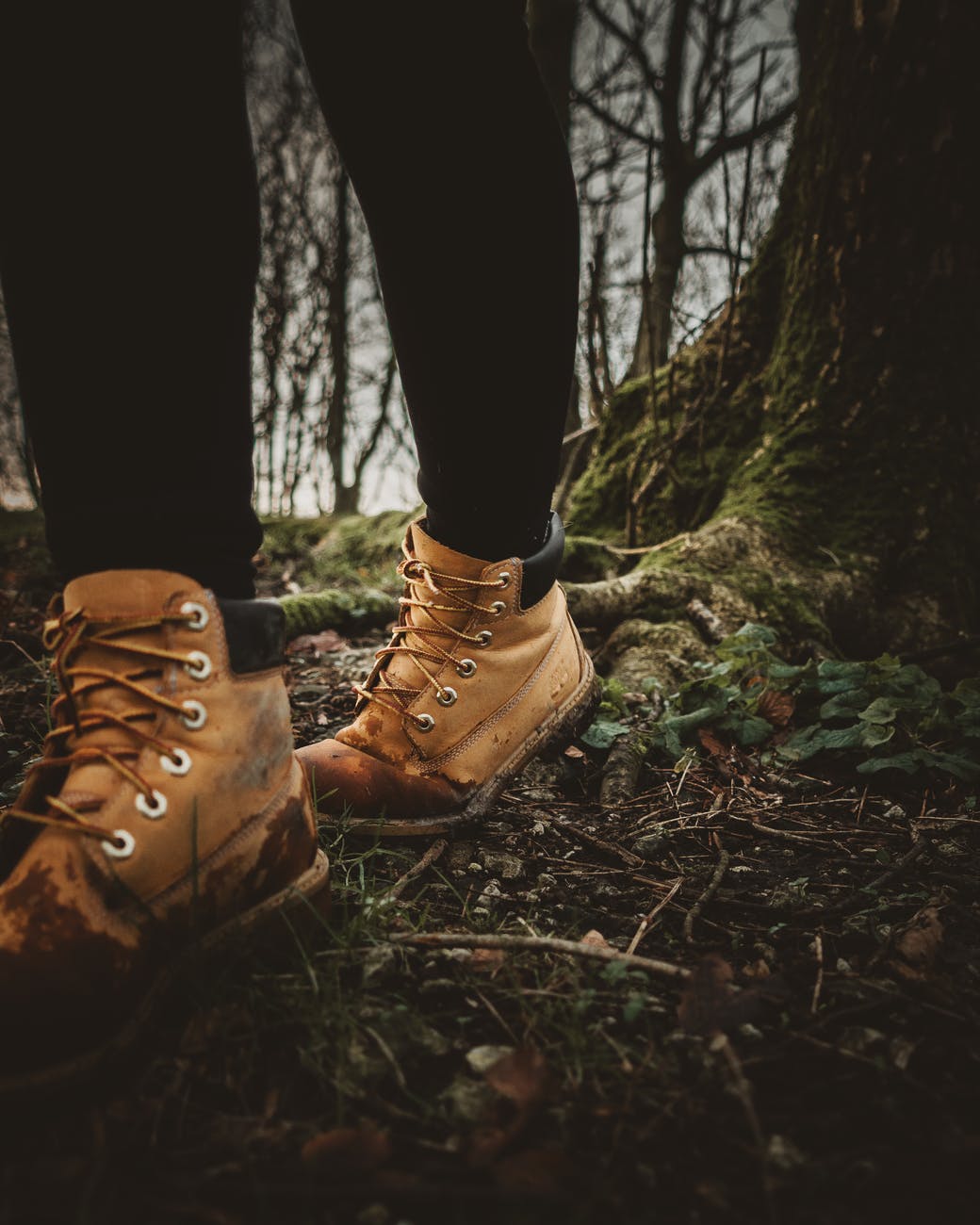
Some people like to wear hiking trousers as they are waterproof, but I am quite happy hiking in leggings tucked into boots. You should also get yourself a windbreaker as the British weather can be unpredictable and it can be extremely cold even if you are only 700 metres up.
Step 2: Plan your hiking route.
Only a fool would go hiking in hills or mountains without knowing where they are going. That is literally how people die! There are hundreds of websites that detail directions and maps of popular hiking routes. I would recommend starting on a hike that is only a couple of hours and has a clearly defined path. It’s a bit risky to pick Grasmere to Keswick via Helvellyn as your first walk. My first was the Malham Cove to Janet’s Foss walk, which is very popular and takes only 2 hours.
Related: What to expect from the Malham Cove walk
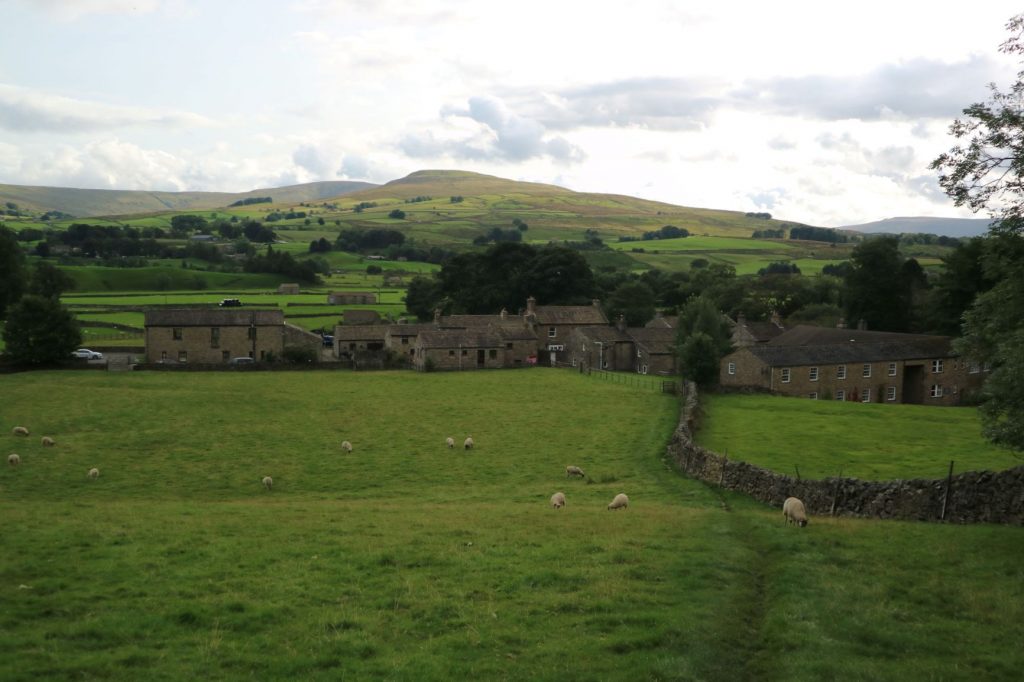
With shorter, more popular, walks, it means if God forbid you get injured it’s not too far to get help to you; it means you’re less likely to run out of resources; it means you’re less likely to get lost. Thankfully, none of these horrors have happened to me, and hopefully you too.
Step 3: Bring enough resources for the whole hiking trip.
A huge mistake new hikers make is underestimating the resources you need to take. Every time we hike, we take a litre of water each, a first aid kit, tissues (you know, just in case) and food.
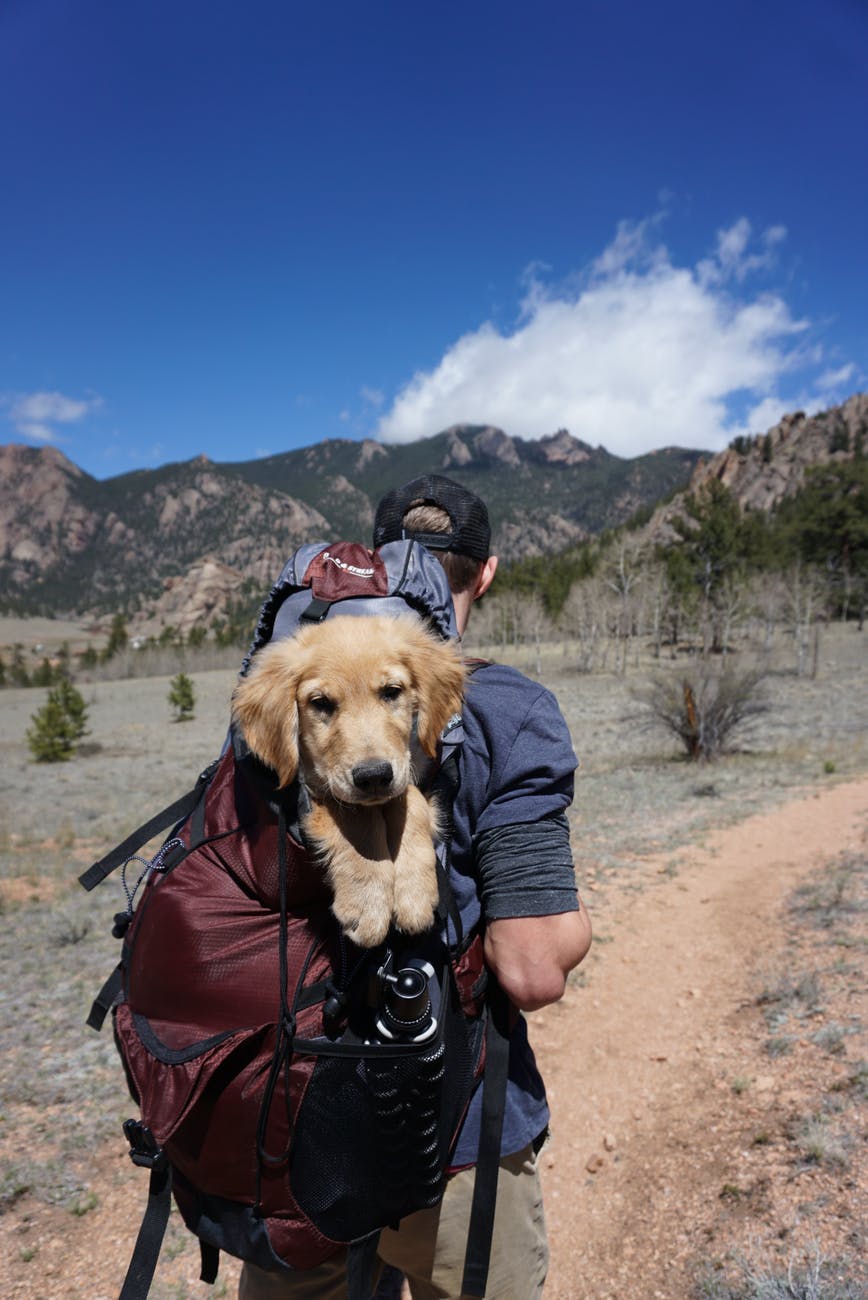
Forget your diet when hiking. Before you go, make sure you eat some slow release carbs like oats, bananas, and nuts. When packing for the journey, your food needs to be quick release carbohydrate as you will be losing energy after an hour of walking uphill. I often pack a few white bread sandwiches, protein cereal bars, crisps, and a can of fizz.
Every time I have hiked, I have needed to stop to refuel, and there have been the odd occasions where I did not pack enough food, and suffered on the walk back. Don’t forget that your hike is a two way trip. If you eat a third of the way in, you’ll probably need to eat in the same spot on the way back!
Step 4: End your hike with protein and recovery.
Lastly you need to think about self care. Your muscles will burn and you might have blisters bigger than your thumbs, so you need to make sure you look after your body.
Have a hot bath to relax your muscles and change into clean comfortable clothing. Dress any blisters and injuries properly – popping a blister can be risky even though it releases all the pressure – then make your way to a local pub to have a dinner with protein and carbs. Make sure you eat within two hours of your hike to give your body the best chance at recovery.
Then, end the way I always like to and have a nap!
Here it is; if you follow these key hiking tips and tricks, you might fall in love with exploring the countryside as I did.

Did you like this post? Why not let me know what you thought by leaving me a comment below? Or, if you want to keep up to date with new posts and any other travel ideas or thoughts I might have, you could follow me on Twitter or Instagram instead.


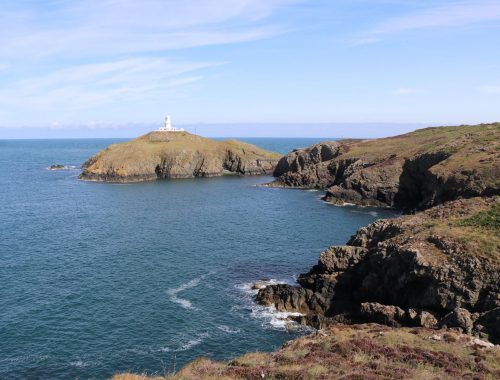
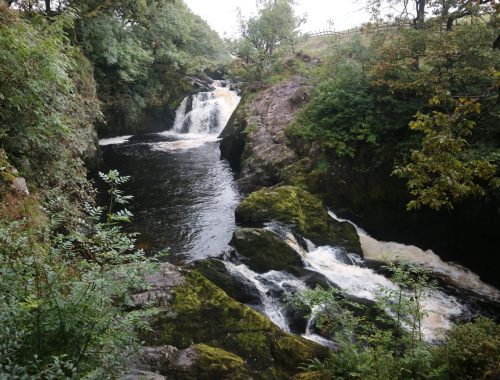
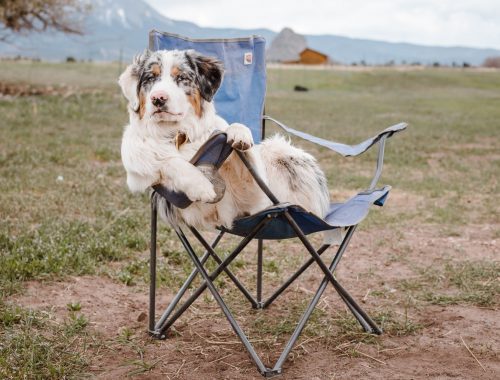
17 Comments
Alexx | aestheticsbyalexx
These are great tips! I’ve only ever really been hiking once! (And it was a volcano! Actually thinking about writing a blog post about it.) I definitely want to try and get into some hiking near me. I know there are a few good trails in the Northeast, US. So it’s on my to-do list. I’ll keep these tips in mind!
Alexx
George@BritVoyage
Oooo that sounds exciting. I’ll have a read!
George@BritVoyage
Thanks for your comments! I was so hesitant to go the first time but I’m so glad I did.
I’ll check out your post now 🙂
George@BritVoyage
Oh no! We’ll have to do some research to find a wheelchair friendly hike.
Primrose Hill or Greenwich Park in London aren’t quite the countryside but they do offer stunning views of London. Flatland nature reserves like Epping Forest often have paths that are well tended too. It’s quite mountainous up your way though, isn’t it?
And definitely yes, hopefully some breakthroughs will be made for you in the near future x
What Amy Says (@whatamysaysblog)
I absolutely love hiking, but don’t do it as much as I would like to. I definitely made the mistake of not having the right gear and trying to do a long hike in a pair of battered trainers – learning my lessons the hard way! So true about a nap at the end, well deserved!
Amy x
http://www.whatamysays.com
Loren
This is such a great post. I like hiking but there are not many places to go in winter, I hadn’t realised that there were so many things to do before/after/during the hike.
Love the pictures of the ducks, so cute!
Loren | plaidandsugar.blogspot.ca
PaigeSummer
I’ve never been hiking before but would love to try it sometime in the near future, so I will definitely keep these tips in mind. Great post!
Paige x
George@BritVoyage
Thank you! Glad I could help 🙂 x
glowsteady
These are great tips! I’ve never been hiking but I’m pretty sure I’d have to travel if I wanted to try it. It’s pretty flat where I live! Sounds like you’ve found a real love for it considering you’ve only been doing it for a couple of years x
Sophie
http://www.glowsteady.co.uk
George@BritVoyage
It’s totally worth it, plus I have to travel too! Essex is notoriously flat haha.
Thanks for commenting 🙂 x
Connie Ferris
My first hike was to the Hollywood sign in Los Angeles and I loved it. Back in England, I have wanted to go hiking for so long but have no idea what’s good, I know the Lake District is suppossed to be beautiful, but just waiting till me and my partner can drive. There’s no easier or more enjoyable exercise than walking
Devin
I certainly love hiking. These are great hiking tips!
Pingback:
Pingback:
Pingback:
Pingback:
Pingback: